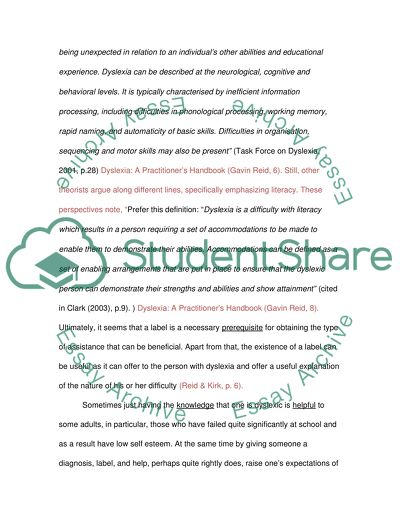Cite this document
(“Examining a Healthcare Narrative in relation to Occupational Therapy Essay”, n.d.)
Retrieved from https://studentshare.org/health-sciences-medicine/1398143-examining-a-healthcare-narrative-in-relation-to
Retrieved from https://studentshare.org/health-sciences-medicine/1398143-examining-a-healthcare-narrative-in-relation-to
(Examining a Healthcare Narrative in Relation to Occupational Therapy Essay)
https://studentshare.org/health-sciences-medicine/1398143-examining-a-healthcare-narrative-in-relation-to.
https://studentshare.org/health-sciences-medicine/1398143-examining-a-healthcare-narrative-in-relation-to.
“Examining a Healthcare Narrative in Relation to Occupational Therapy Essay”, n.d. https://studentshare.org/health-sciences-medicine/1398143-examining-a-healthcare-narrative-in-relation-to.


